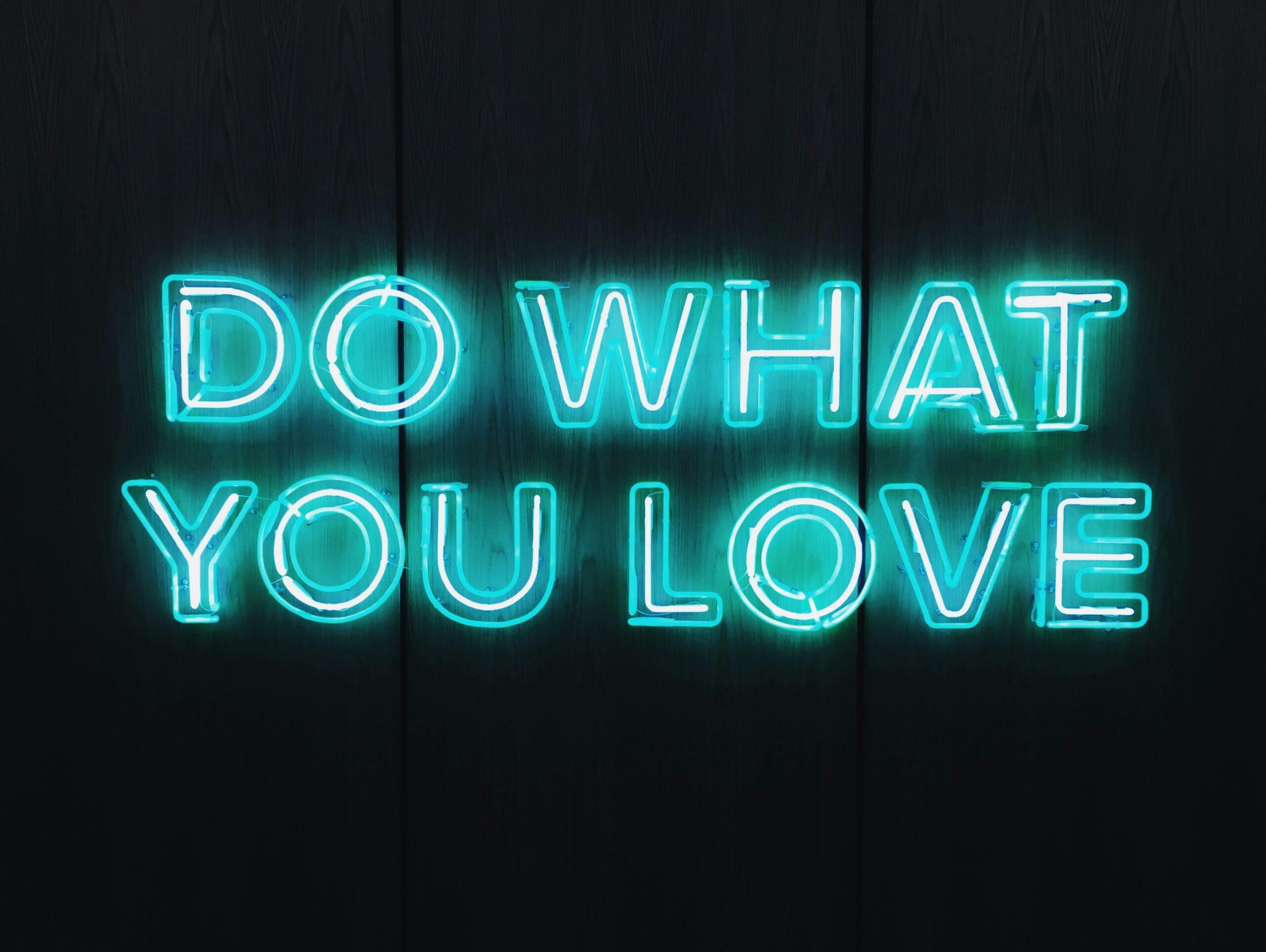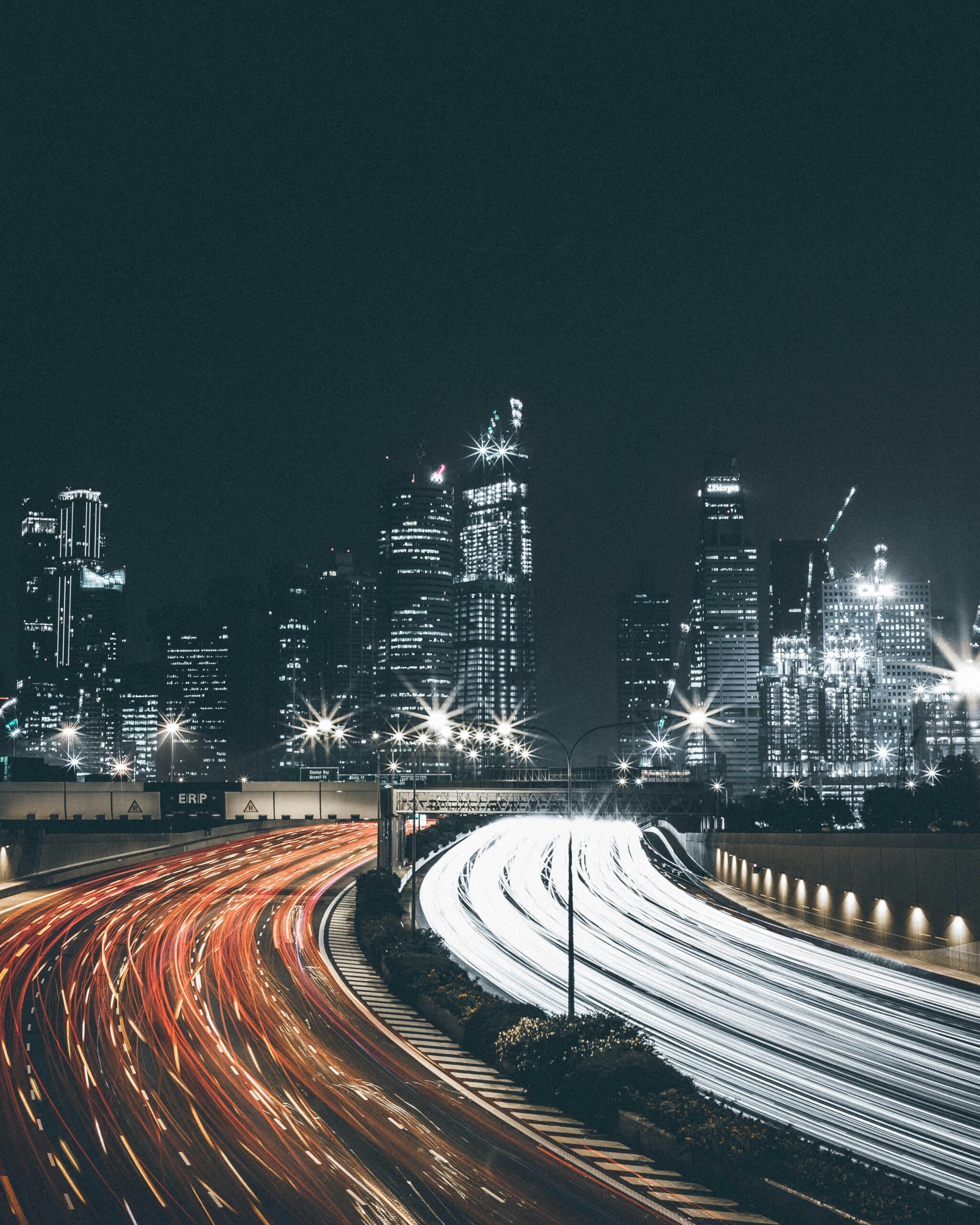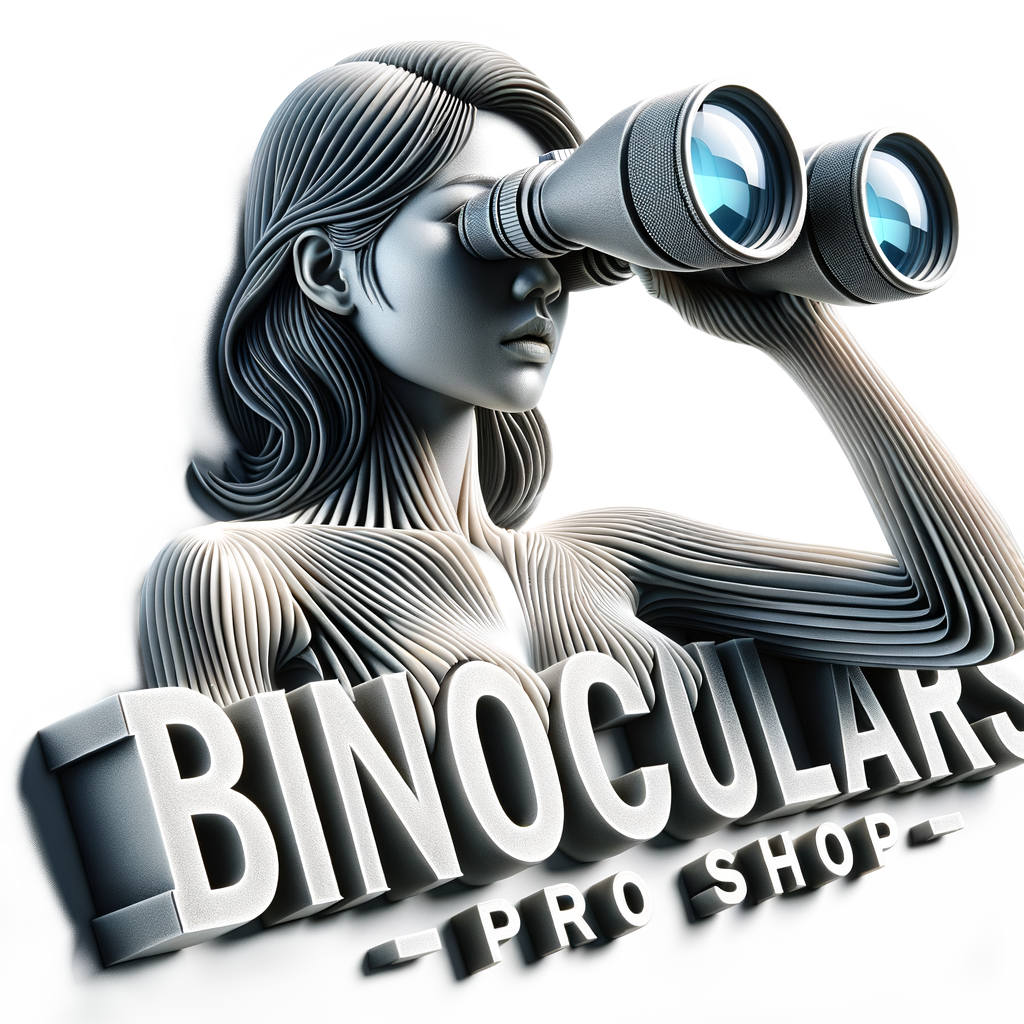Have you ever found yourself wondering if binoculars can be your ally when the sun begins to set or during early dawn? In many situations, being able to see clearly when the light is low can be incredibly beneficial, whether you’re birdwatching, attending a twilight concert, or simply enjoying an evening in nature. Understanding how binoculars perform in low-light conditions can make a significant difference in your experience. With this friendly guide, you’ll gain the knowledge you need to make the most out of your binoculars, even in dim lighting.

Understanding Binocular Basics
To start, it’s crucial to understand what binoculars are and how they function. Essentially, they are optical devices that allow you to see distant objects clearly. Binoculars use lenses and prisms to enlarge the view, providing a magnified image of your target. The main parts you’ll usually hear about are objective lenses, eyepieces, and prisms. Each of these components plays a vital role in how well your binoculars perform.
Key Components of Binoculars
The objective lens is located at the front of the binoculars and is pivotal in gathering light. The size is often mentioned in specifications, like 10×42, where “42” indicates the diameter in millimeters. Larger lenses can gather more light, making them better suited for low-light conditions. The magnification, noted by numbers like “10x,” determines how much larger an object will appear through the binoculars compared to the naked eye.
Prisms, meanwhile, correct the orientation of the image so you see it in the right upright orientation. There are two common types: Porro and Roof. Porro prisms usually provide wider, brighter images at a lower cost, while roof prisms are more compact and often more durable but can be pricier.
The Role of Exit Pupil
A term that often comes up in discussions about low-light performance is the “exit pupil.” This is the beam of light that comes through the eyepiece, and is calculated by dividing the diameter of the objective lens by the magnification. For instance, in a 10×42 binocular, the exit pupil would be 4.2 millimeters. A larger exit pupil translates to more light reaching your eyes, which enhances visibility in dim conditions.
Factors Affecting Low-Light Performance
Having recognized some basic components, let’s take a closer look at what influences the performance of binoculars in low light. Performance can depend on several factors, each augmenting how binoculars manage light and deliver clear images. Being aware of these can guide you to selecting the best pair for low-light usage.
Lens Quality and Coating
The quality of the lenses and any coatings applied to them significantly affect how binoculars perform. High-quality lenses with special coatings, such as multi-coated or fully multi-coated, reduce glare and enhance light transmission. This is particularly beneficial in low-light environments, where every bit of light matters. Investing in binoculars with superior lens coatings can greatly improve clarity and contrast when lighting isn’t optimal.
Prism Type and Coatings
As mentioned before, the type and quality of prisms make a difference. But did you know prisms can also come with special coatings? Phase-correction coatings are particularly advantageous for roof prism binoculars, improving sharpness and contrast, which can be crucial as you lose light from your surroundings.
Objective Lens Diameter
The diameter of the objective lens deserves repeating because of its substantial impact on low-light viewing. A larger diameter means more light can be captured, providing brighter images. If low-light performance is a priority, opting for binoculars with larger lenses is a sound decision.
Magnification Levels
While it’s tempting to assume higher magnification is always better, it’s essential to balance it with the lens diameter to get a beneficial exit pupil size. Binoculars with too much magnification and a small lens won’t perform well in low-light conditions since the exit pupil will be too small.
Stabilization and Ergonomics
In low-light settings, image detail is paramount, and subtle movements can disrupt your view. Binoculars featuring image stabilization technology can be a game-changer, particularly when you don’t have a steady resting position. Additionally, ergonomic designs allow comfortable gripping and adjustment, lowering unintentional motion.
Types of Binoculars Suitable for Low Light
Understanding which kinds of binoculars are best suited for low-light conditions can help guide your purchasing decision.
Low-Light Binoculars
Some binoculars are specifically engineered for low-light environments. Often, these models feature large objective lenses and coatings that enhance light transmission. Such designs prioritize maximizing brightness and clarity when illumination is limited.
Night Vision Binoculars
For those needing visibility when darkness dominates, night vision binoculars incorporate technology that amplifies available light, including infrared. While these are not traditional binoculars, they thrive in conditions where natural light is almost nonexistent.
General Use Binoculars with Low-Light Capabilities
Many general-purpose binoculars come equipped with features beneficial in low light, such as balanced magnification and large objective lenses. These can serve well for varied activities, during both day and nightfall.
Practical Tips for Using Binoculars in Low Light
Getting the most out of your binoculars in dim settings isn’t just about the equipment; technique matters too. Let’s go over some practical ways to enhance your experience.
Optimal Positioning
Finding a stable position reduces shake and helps maintain a clear line of sight. Whether you lean against a tree or use a tripod, reducing your movement will allow your binoculars to work more effectively.
Adjusting Focus and Diopter
In low light, precise focusing is essential. Take your time to carefully adjust the focus using the central focus wheel and, if necessary, the diopter setting. This ensures both eyepieces are perfectly aligned for your eyes, optimizing clarity.
Enhancing Natural Light
Position yourself to take advantage of any available light. If outdoors, avoid blocking ambient light from reaching your position and allow nature to work in your favor.
Being Patient
In challenging light conditions, details may take longer to reveal themselves. Patience is key — allow your eyes to adjust to the dimness, and don’t rush to change your settings at the first sign of obscurity.

Frequently Asked Questions (FAQs) About Low-Light Binoculars
To assist you further, here are some queries that often arise when discussing binocular use in low-light conditions.
Q1: What’s more important in low light: lens size or magnification?
- A1: While both aspects are important, lens size typically has a greater impact on low-light performance. Larger lenses allow more light to enter, which is crucial when lighting is scarce.
Q2: Can regular binoculars be used at night?
- A2: Standard binoculars are limited at night unless there is some ambient light, like moonlight. For full darkness, night vision binoculars or thermal imaging options are more appropriate.
Q3: Do more expensive binoculars always mean better low-light performance?
- A3: Generally, higher-priced models incorporate advanced technology and better materials that improve low-light capability. However, there’s no replacement for understanding the specs and ensuring they meet your needs.
Conclusion
Being able to harness the potential of binoculars in low-light settings opens up a world of opportunities for observation well beyond daylight hours. By understanding the components and specifications that matter, as well as learning how to make practical adjustments when using them, you can enjoy clear and vibrant views even when the lighting isn’t ideal. Whether you’re an enthusiast or a casual user, your scenic immersions at dusk or dawn can be greatly enhanced with the right pair of binoculars and a little know-how.

